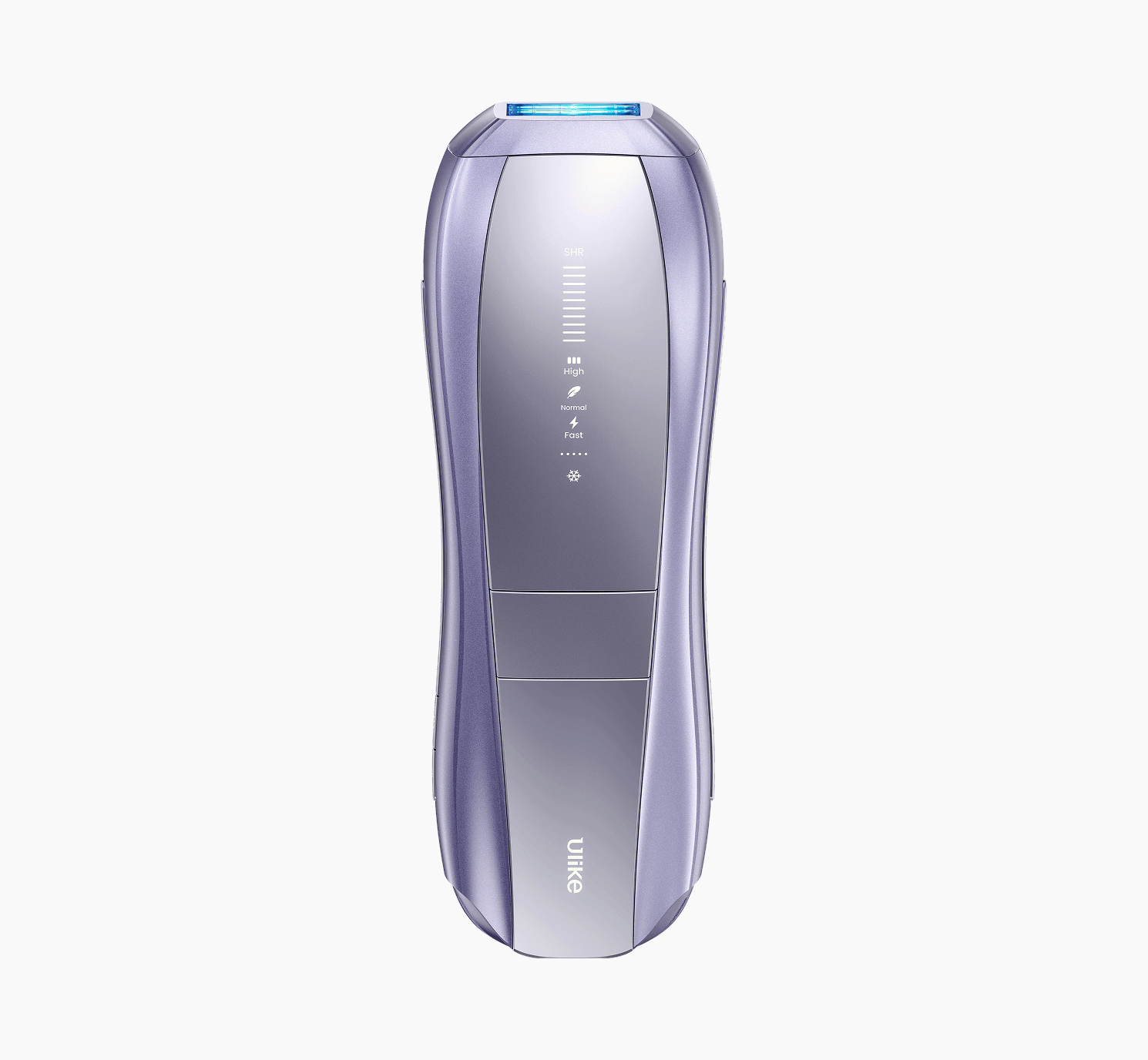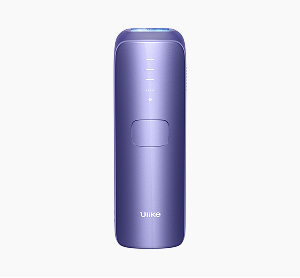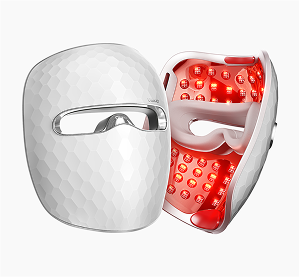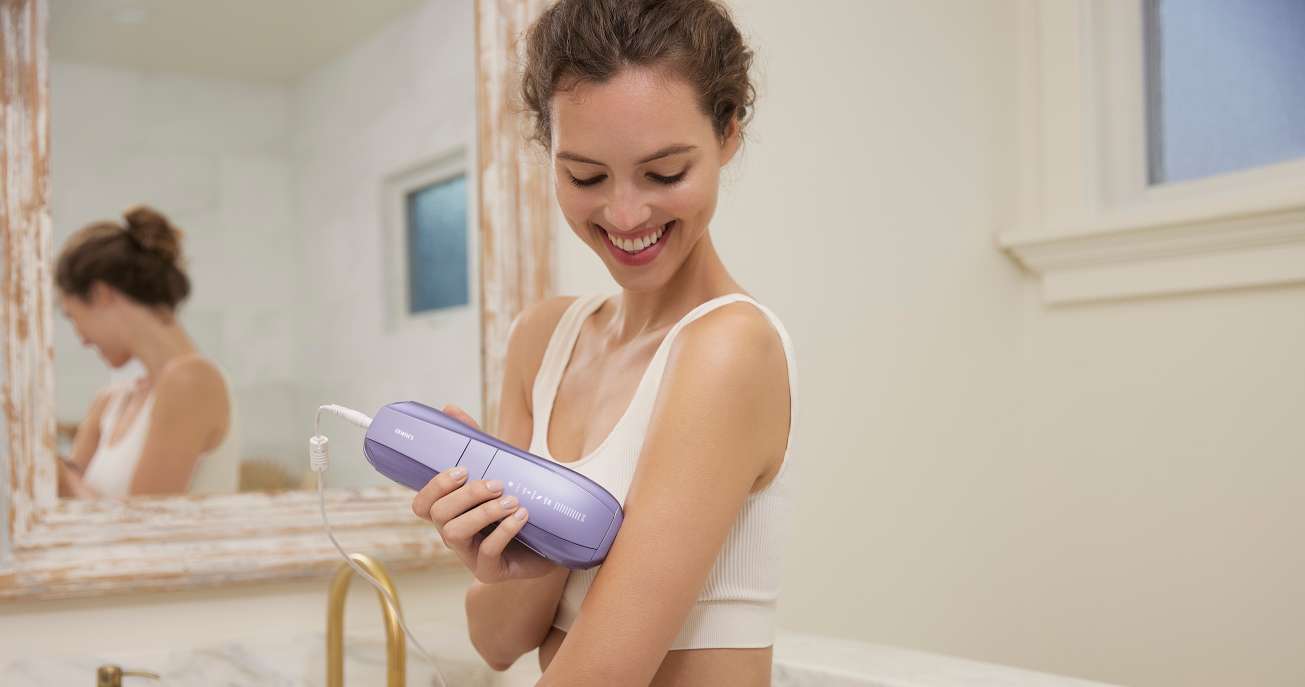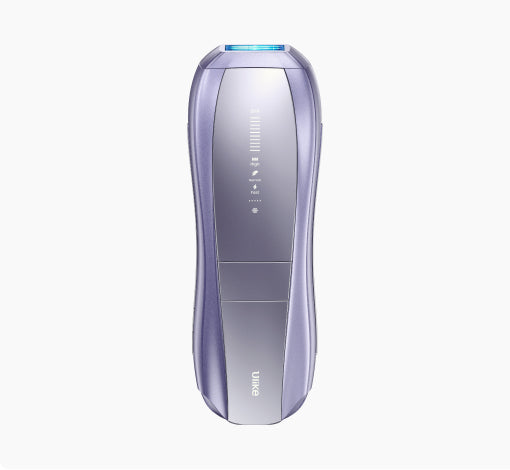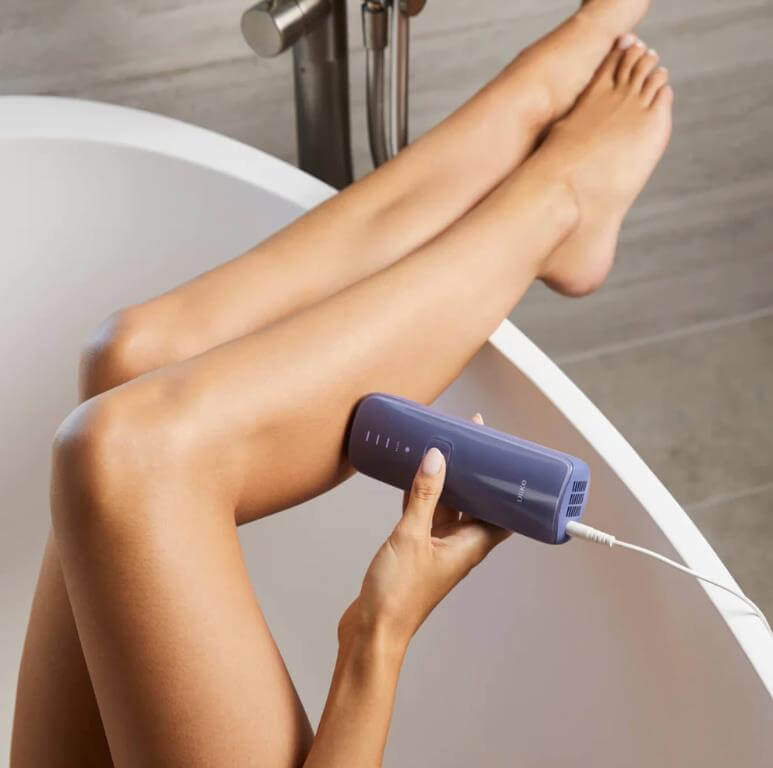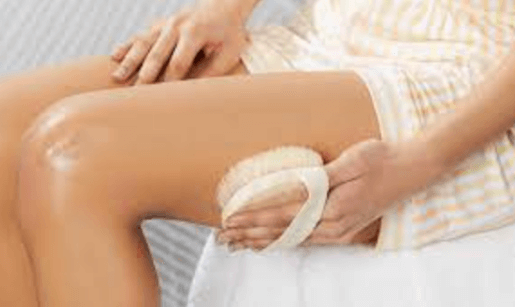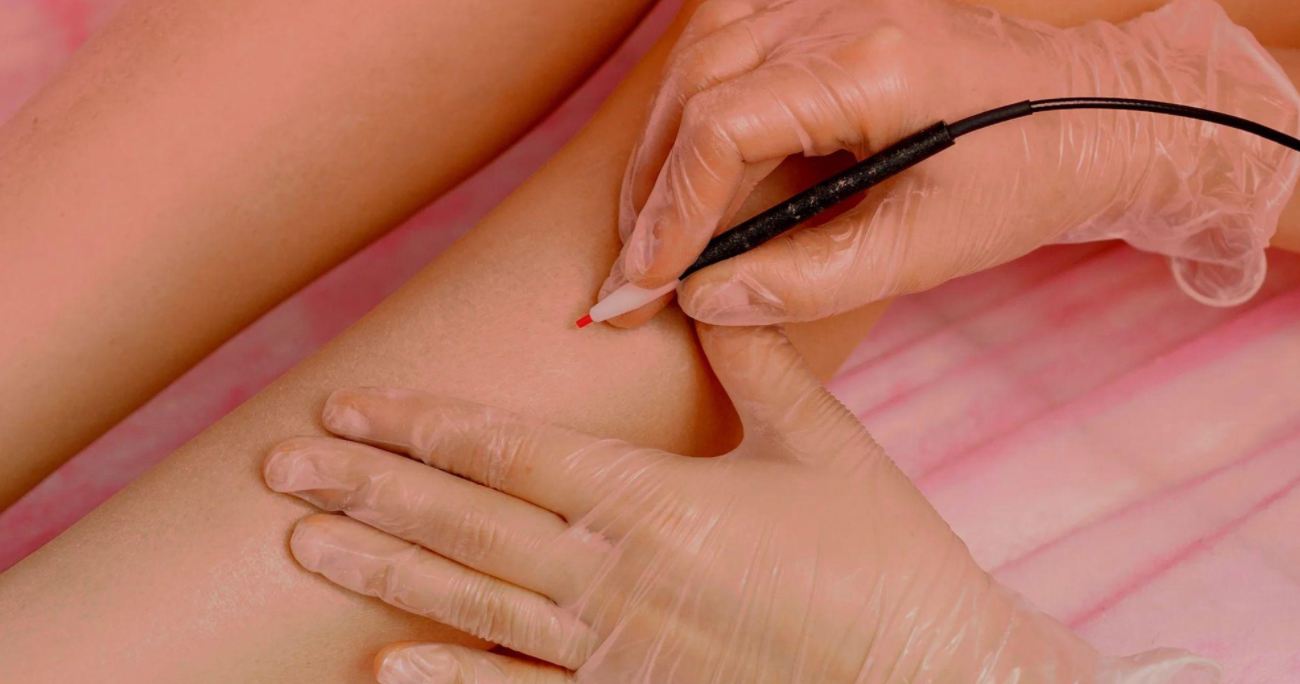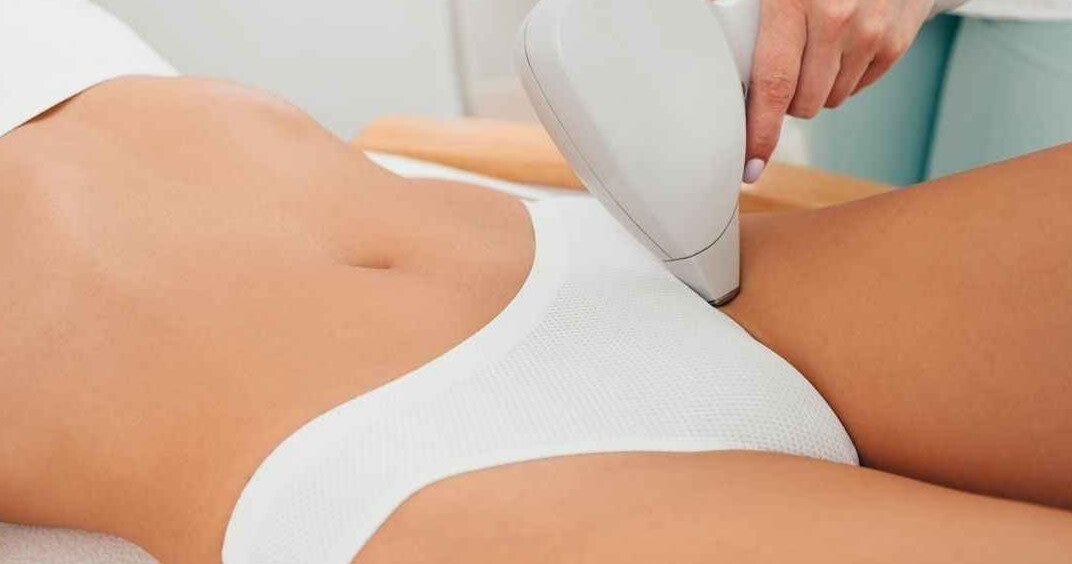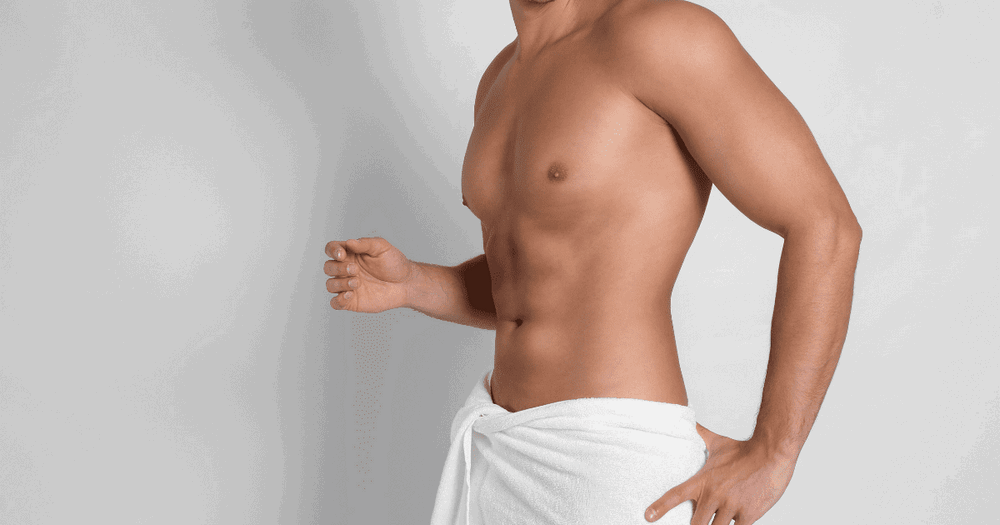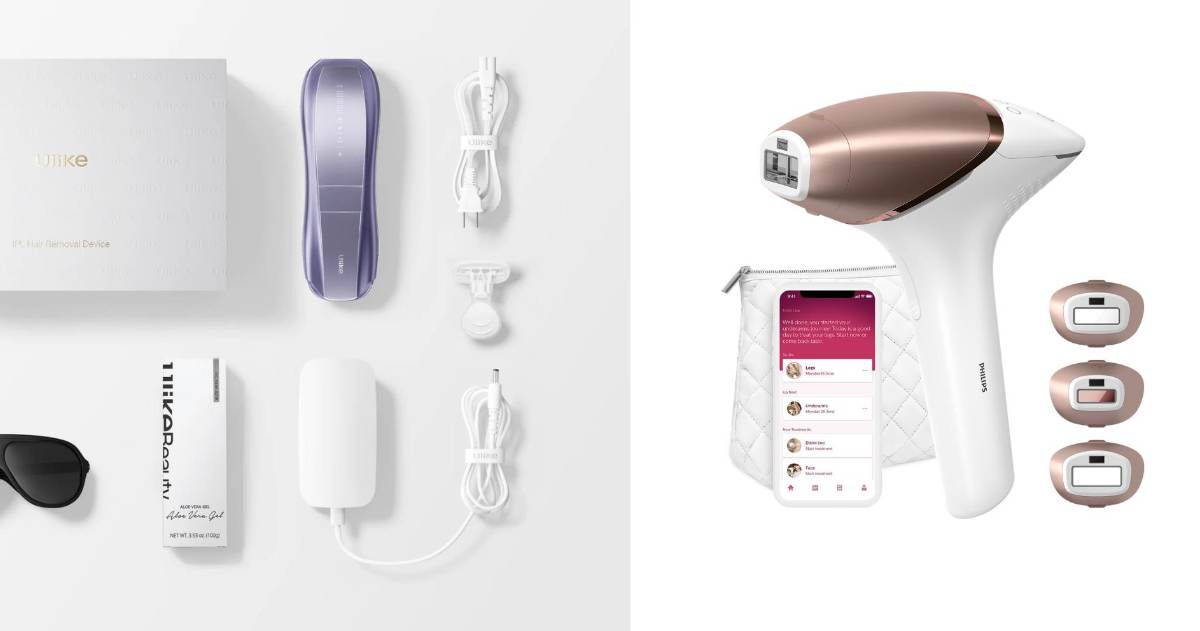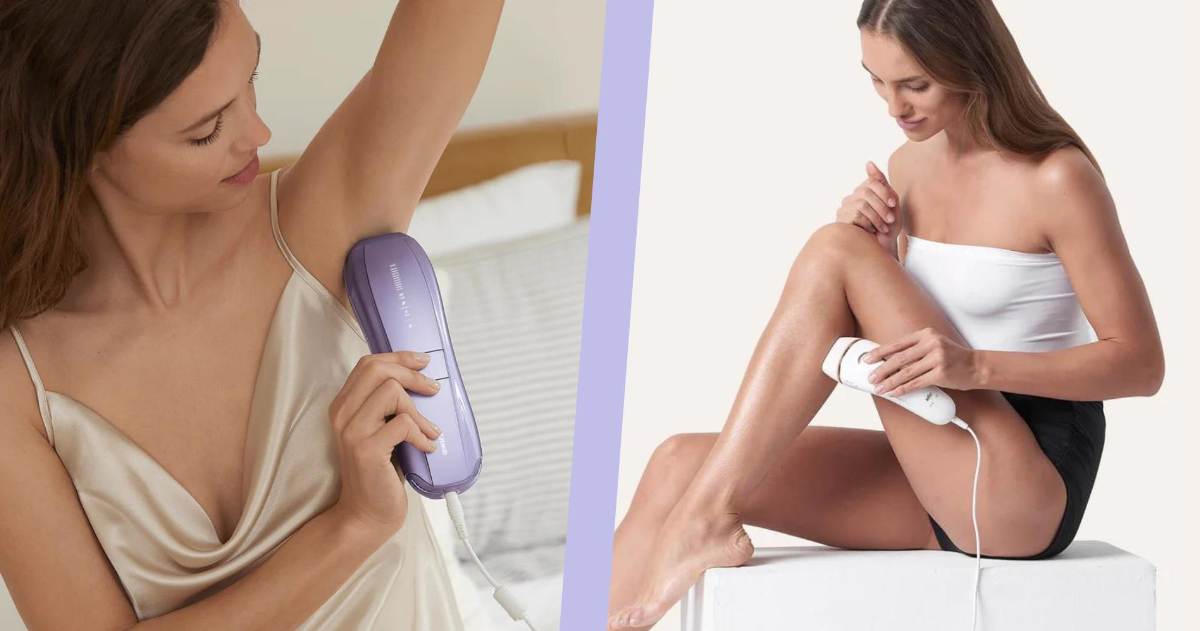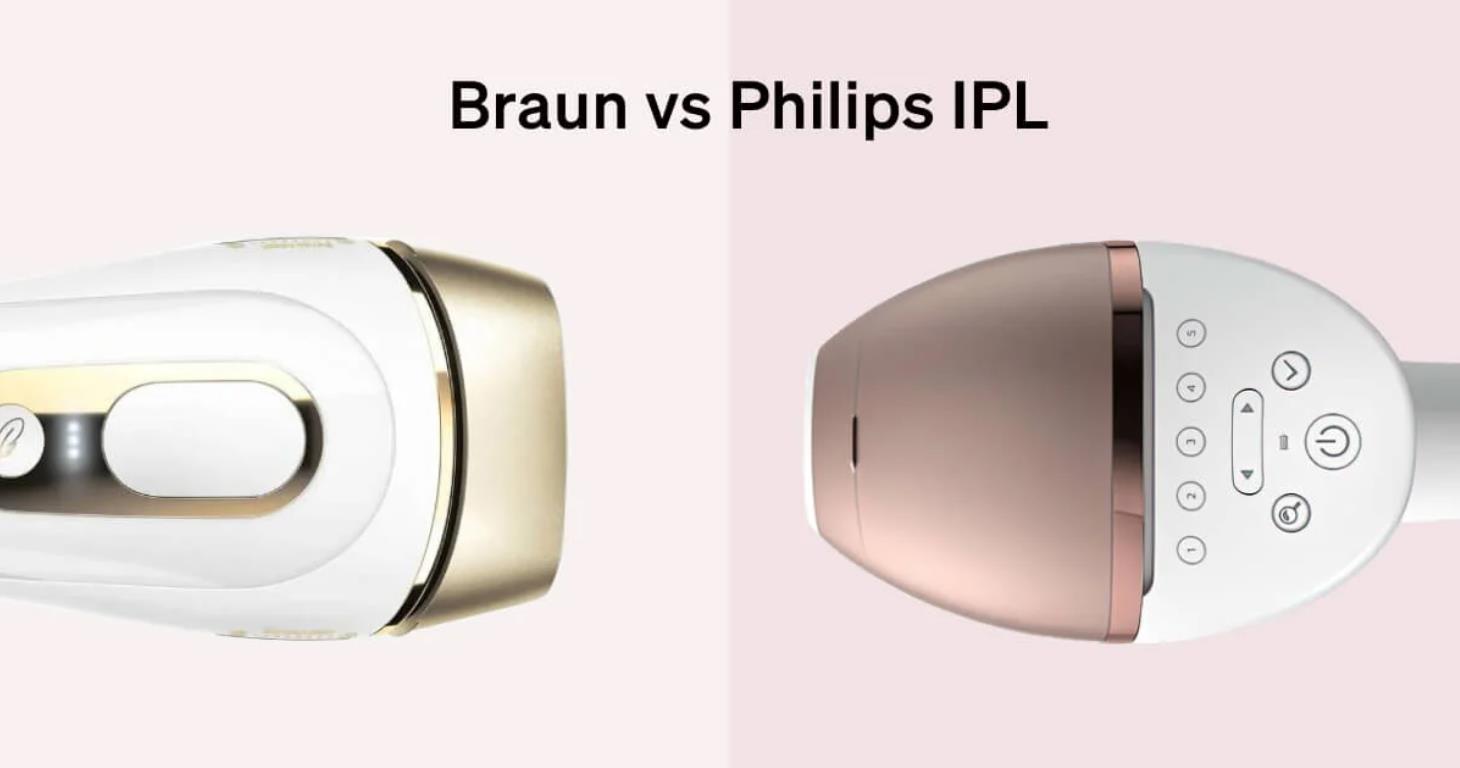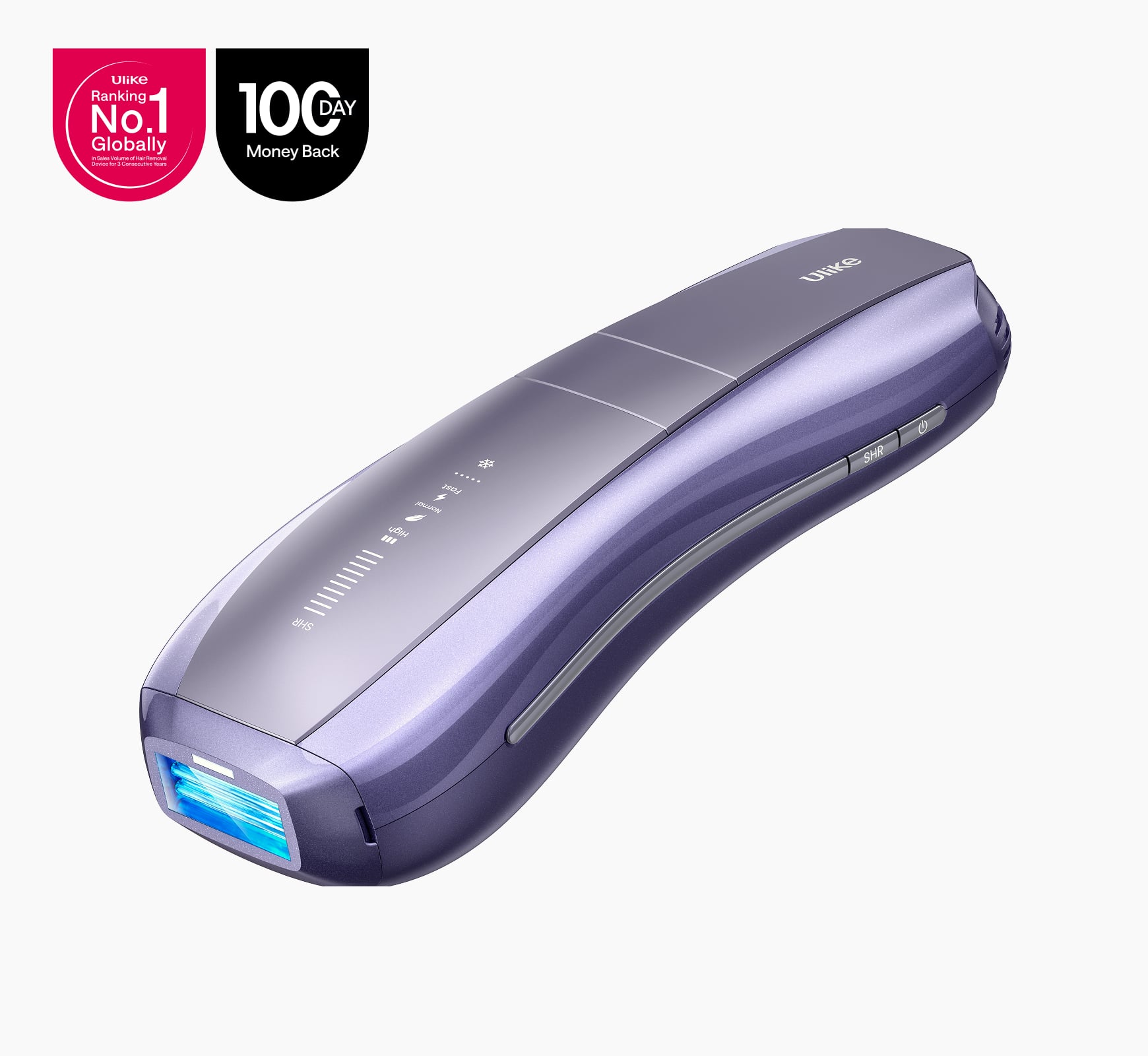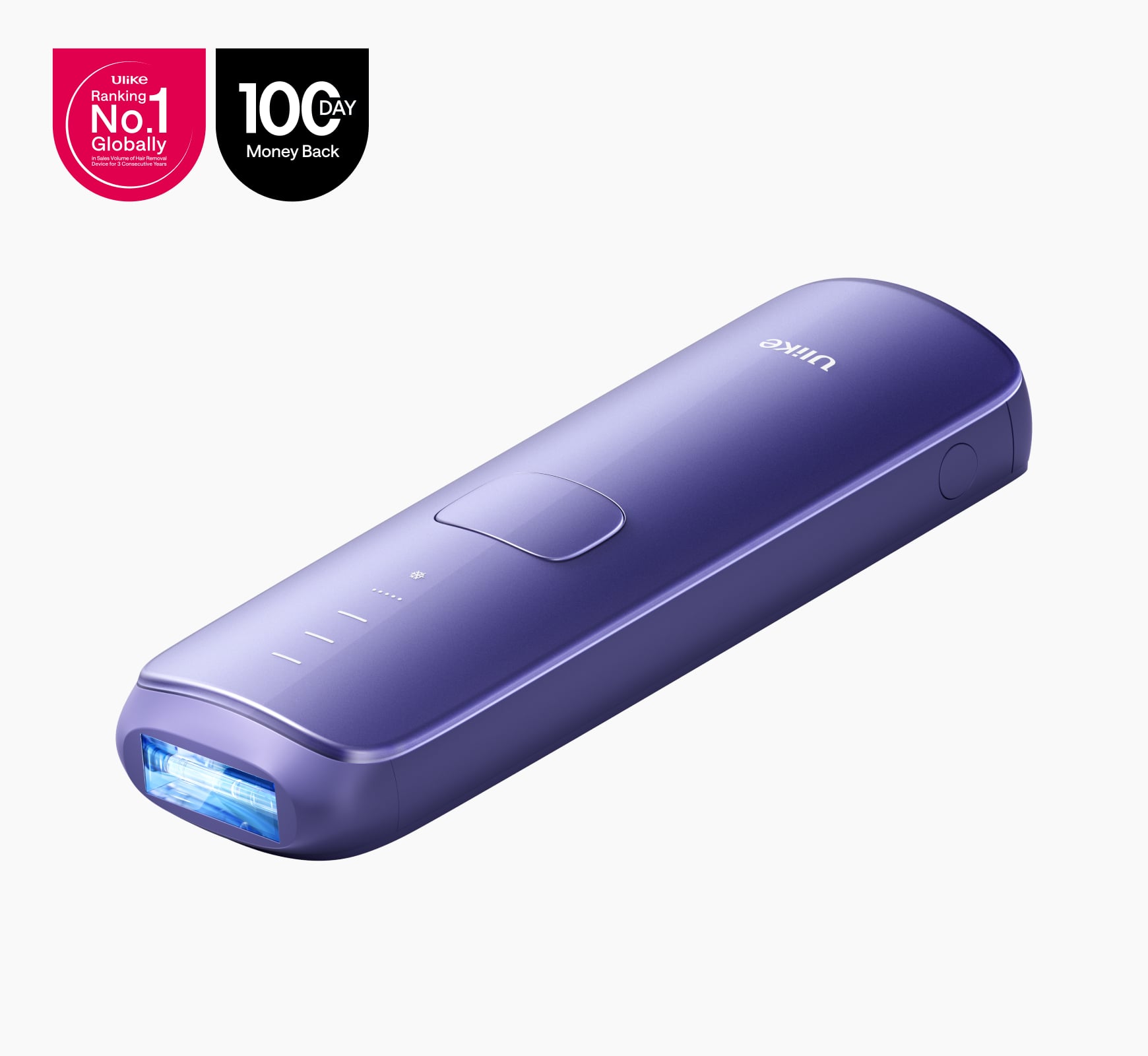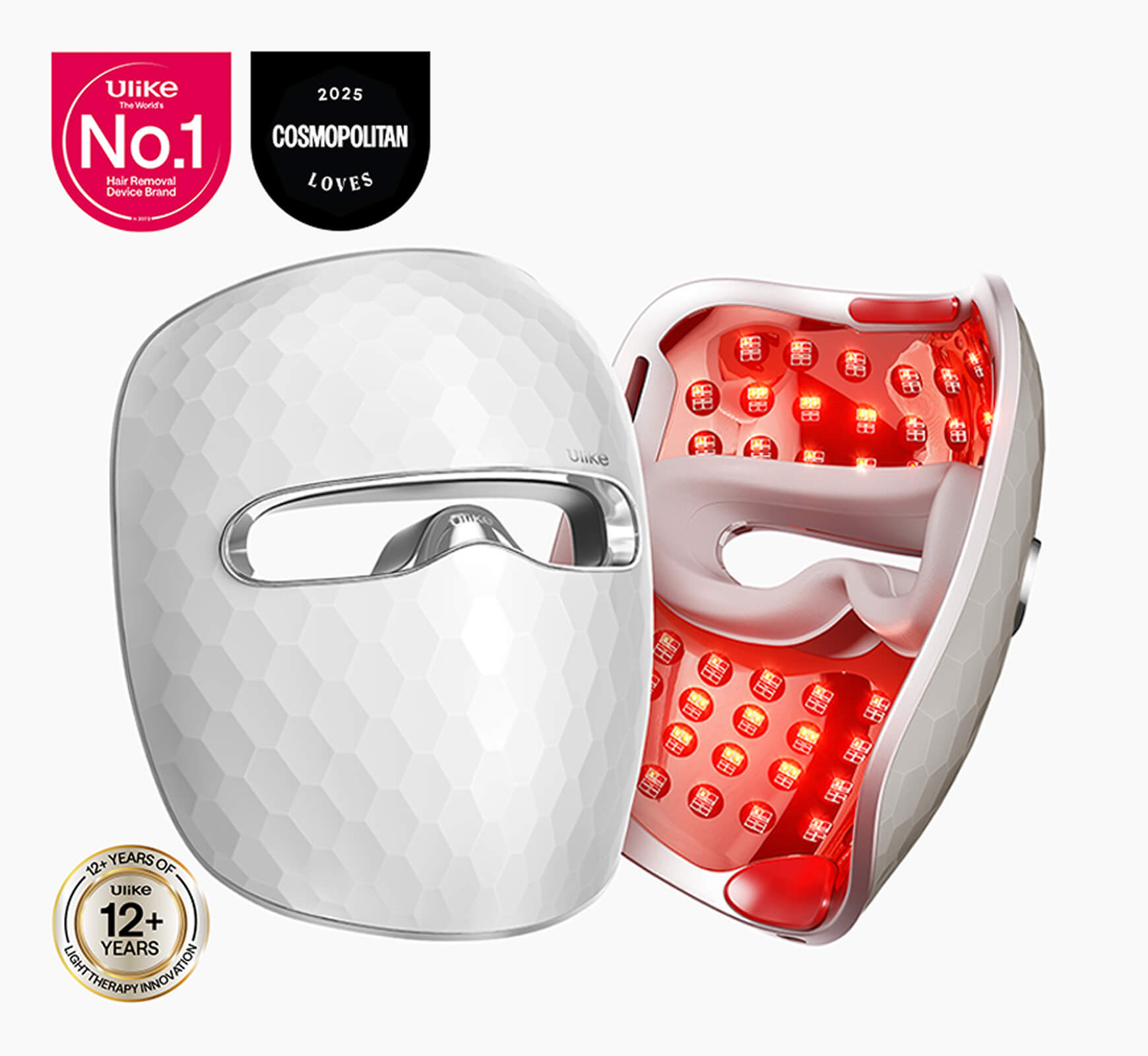Although IPL hair removal devices are completely safe when used correctly, it’s crucial to follow certain guidelines to avoid potential issues. Using them more frequently than recommended or not preparing properly can do more harm than good. So, if you’re asking yourself, “Can I use IPL every day?” this article’s for you.
Concerned About IPL Side Effects?
If you’re worried about the side effects of using at-home IPL devices or are considering professional treatments instead, rest assured that IPL is effective and user-friendly. By following these essential guidelines, you can use IPL safely and effectively.
How Often Should You Use IPL Hair Removal at Home?
Different IPL devices come with specific usage instructions. Some require use every two weeks, while others are recommended weekly or more frequently. Here’s a general guide:
- Start-Up Treatments: You can achieve up to 90% hair reduction within the first 3 weeks of starting IPL. With Ulike, you can use the device twice a week for optimal results with no complications.
- Maintenance Treatments: To address the remaining 10% of hair, you can reduce the number of sessions. With Ulike, schedule one session every 1–2 months. After that, you can use IPL hair removal as needed.
How Long Before IPL Devices Show Results?
IPL devices typically show significant hair reduction within 1 to 3 months. For example, the Ulike Air 3 IPL device may take just 3–4 weeks to show noticeable results,* while others like the Philips IPL device might take up to 12 weeks. Regardless of the time taken to remove hair, the effects of IPL last up to 6 months, after which re-treatment is necessary but easy with an at-home device.
Can You Use an IPL Device Every Day at Home?
If you’re looking for faster, better results with IPL, it’s not a matter of frequency but consistency. Daily use of IPL devices is not recommended because once IPL works, it works. Let me explain. IPL technology targets hair follicles, and excessive use doesn’t speed up results. Hair needs a day or two to grow between sessions to absorb the light effectively. Flashing an area more than twice in a single session is overkill. Using the device too frequently can actually hinder progress and cause side effects.
What Happens if You Use an IPL Device Every Day?
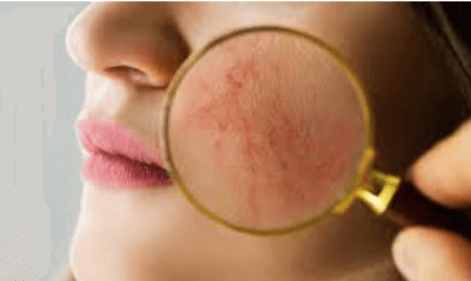 Other than delayed results, using an IPL device too often can lead to:
Other than delayed results, using an IPL device too often can lead to:
- Skin Irritation: Frequent use can irritate the skin, causing redness or itching.
- Skin Burning: Daily use can lead to burns, especially for sensitive skin. To treat burns, read this.
- Increased Sensitivity: Overuse can make your skin more sensitive to pain and touch.
- Wasted Flashes: IPL devices have a limited number of flashes. Excessive use reduces the device’s lifespan.
Dos for Safe IPL Hair Removal
With the importance of sticking to a treatment schedule for IPL hair removal established (It’s important!), it’s time to get into the nitty-gritty. (Read the complete guide to using Ulike Air 3.)
To maximize safety and effectiveness:
- Exfoliate Your Skin: Exfoliate 1–2 days before treatment to remove impurities and dead skin cells. Not only does this clean away nasty dirt and loose hairs, but it also helps IPL energy penetrate new hairs for better effect.
- Shave Before Use: Shave the area about a day before each session to avoid hair obstructing the light. Long hair can also get snagged on the device, which can make for less-than-comfortable sessions.
- Apply Sunblock: Protect your skin from sun exposure with daily sunblock use. While a tan might look nice, treating darker skin with IPL can result in skin damage and reduce the effect on unwanted hair. Not only that, skincare experts recommend daily use of at least SPF 30 sunscreen. Here are some recommendations for the best sunblock in 2024.
- Use a Moisturizer: Apply a soothing moisturizer after each session to keep skin hydrated. Aloe vera gels are an excellent option, but anything with a simple ingredients list you can understand will do just fine.
- Wear Protective Glasses: Protect your eyes from IPL light with appropriate eyewear. While IPL devices are considered safe for the eyes, bright flashes can still be an issue. Better to be safe than sorry and accessorize with a stylish pair of IPL goggles.
Don’ts for Safe IPL Hair Removal
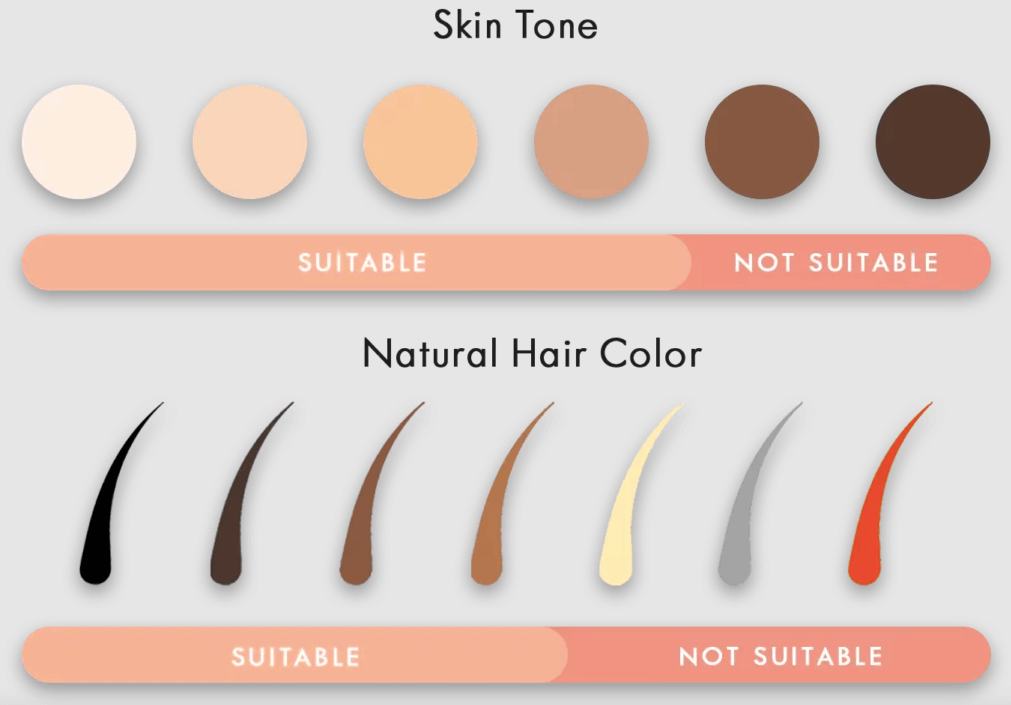
Avoid these practices like the dickens:
- Don’t Tan Your Skin: Avoid tanning and artificial tanners 1 to 2 weeks before IPL sessions to prevent pigment absorption. Relatedly, avoid running an IPL device over hyperpigmented areas, scars, moles, or tattoos. The reason’s the same: IPL targets pigment and you want it to target your hair, not your skin. This is explained in Laser Hair Removal Over Tattoos.
- Don’t Epilate or Wax: Avoid waxing or epilating up to 4 weeks before an IPL session as these methods pull hair from the roots. But wait, didn’t you say to shave earlier? Oh, good! You’re paying attention. Yes, shaving is recommended, but pulling hair from the roots leaves nothing behind for IPL to target.
- Avoid Harsh Skincare Products: Stop using products with active ingredients like retinol and steroids 1 to 2 months before IPL treatments to prevent photosensitivity. Using IPL hair removal devices over a photosensitive area can result in burns.
Contraindications for IPL Hair Removal
IPL is not suitable for everyone. Consult with a healthcare provider if you have conditions such as psoriasis, hypersensitivity, SLE, cancer, pregnancy, or plastic surgery before using an IPL device.IPL is not suitable for everyone. Consult with a healthcare provider if you have conditions such as psoriasis, hypersensitivity, SLE, cancer, pregnancy, or plastic surgery before using an IPL device.
Conclusion
Advancements in IPL technology make long-lasting hair removal more accessible than ever. However, proper usage and precautions are essential. Follow the above guidelines for safe and effective IPL hair removal. You’ll achieve the best results and your beauty will truly shine!
* Based on a decrease in hair count within 3 to 4 weeks; sourced from third-party laboratory testing reports. Individual results may vary.

